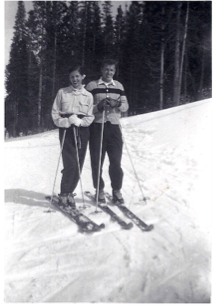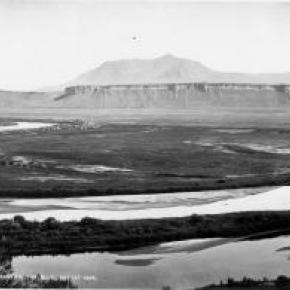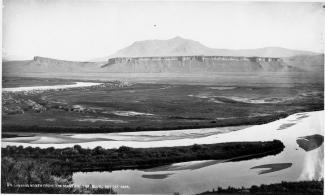Article contributed by Abbott Fay
Born in Ohio in 1831, William Byers became a surveyor in Iowa, Nebraska, Oregon and Washington during the 1850's. He described himself later as "a mountain tramp". In 1859, he hauled a printing press to the new town of Denver, where he founded the Rocky Mountain News. He also served as postmaster of the settlement.
He was enthusiastic about the mining prospects of Colorado, and wrote endless editorials about the wealth to be found in the mountains to the West. However, many disappointed prospectors took to referring to Byers newspaper as the "Rocky Mountain Liar". Among his promotions was the idea that the South Platte River could be made navigable. That vision never became reality due to the size of the river. He wrote inflammatory articles against Indians which contributed to the infamous Sand Creek Massacre, a slaughter of peaceful natives by Colorado militia in 1864.
Fascinated by the co-called "boiling springs" in Middle Park, Byers managed to obtain rudimentary land titles from Indian claimants and promoters to establish the town of Hot Sulphur Springs in 1863.
Byers developed Hot Sulphur Springs into what was probably Colorado's first resort town. He also tried to grow grapes and other commercial garden crops in Grand County, with little or no success. He invested in sawmills and was part owner with William Cozens of the Hilry Harry & Company "Brand H" ranch.
In 1901, at the age of 70, Byers undertook the ascent of the peak which had been named for him by the official Hayden survey. The next year he donated land for the Grand County Courthouse in Hot Sulphur Springs
William Byers died in 1903. His fame is preserved in the names of Byers Canyon, Byers Peak and the town of Byers. He was one of the founders of the Colorado Historical Society, which owns the Byers-Evans House, a historical museum in Denver. There is a stained glass window of his portrait in the Colorado State Capitol building.
Sources: Don and Jean Griswold, Colorado's Century of Cities, Denver CO 1958.
Thomas J. Noel, The Colorado Almanac, Portland, OR 2001
Samuel Bowles, The Switzerland of America, Springfield, MA, 1869
Robert C. Black, Island in Rockies, Boulder CO, 1968
Lulita Pritchett, Maggie By My Side, Steamboat Springs CO, 1976
Dougall MacDonald, Long's Peak: Colorado's Favorite Fourteener, Englewood CO, 2004
Carl Ubbelokdre, Maxine Benson and Duane Smith, A Colorado History, Boulder CO 1972
Alice Reich and Thomas Steel, Fraser Haps and Mishaps, Denver CO 1990









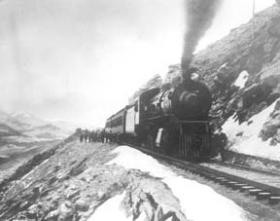
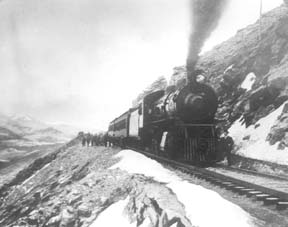
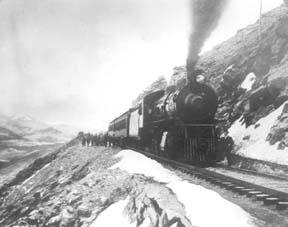


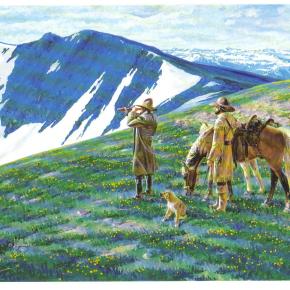
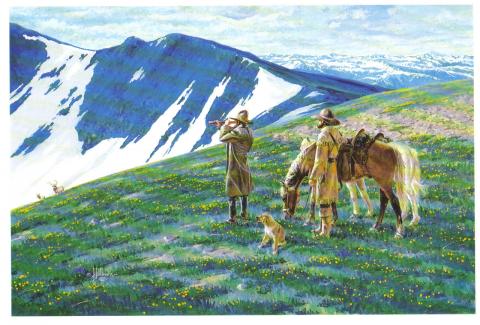
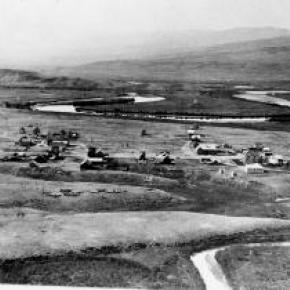

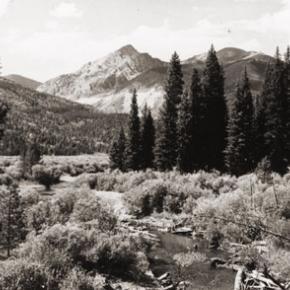
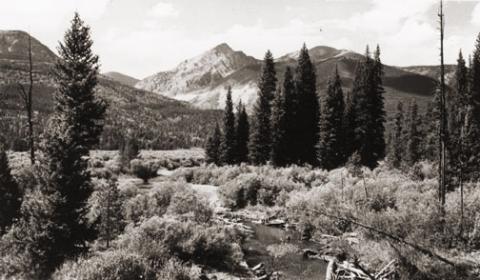
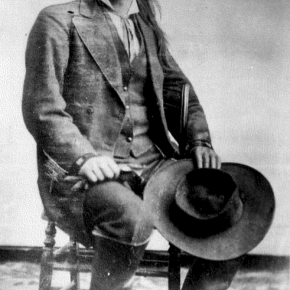
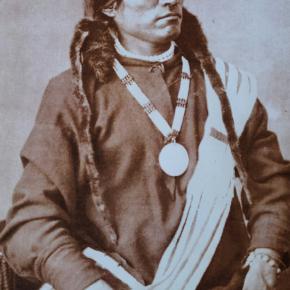
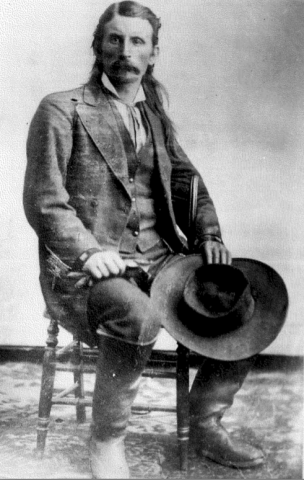 ,
, 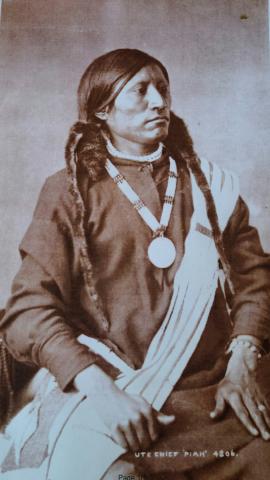

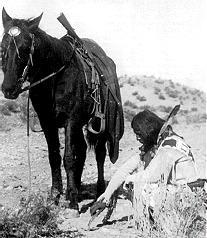
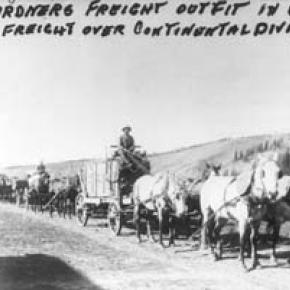
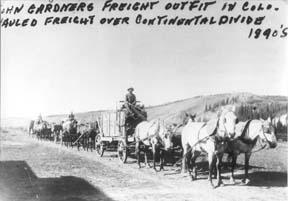
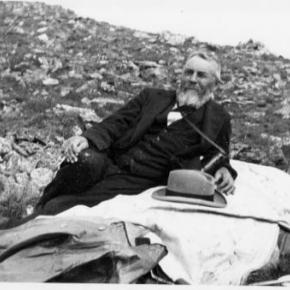
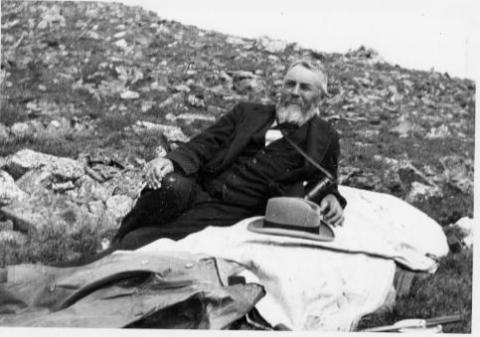
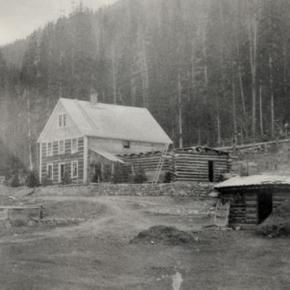
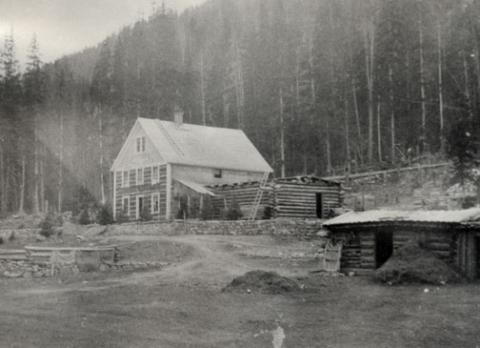
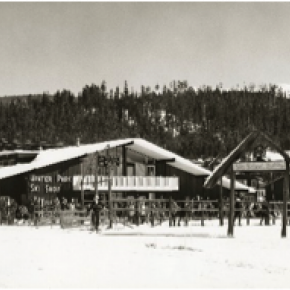
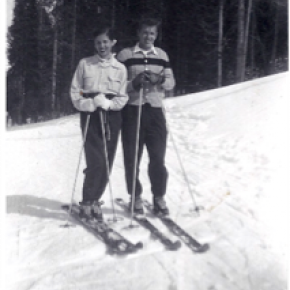
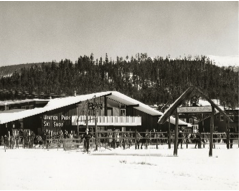 ,
, 